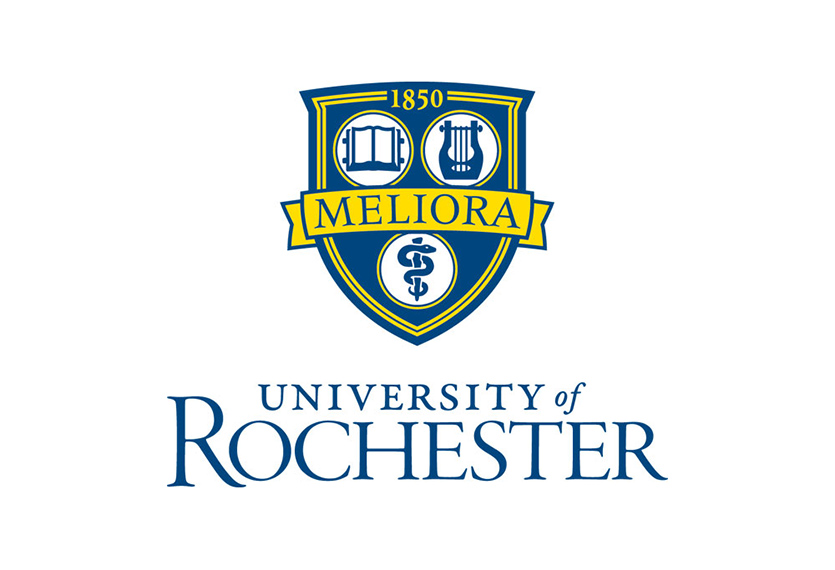
Joining Cardenas lab as an undergraduate was one of my most impactful college experiences. I came to the group in the first semester of my sophomore year, with only a small handful of optics classes under my belt. I barely knew what integrated photonics was, but Professor Cardenas saw enough promise in me to bring me onto the team. I soon began working with Meiting Song on her PhD work, an integrated optical gyroscope that uses weak value amplification. While the details of her work went over my head at the time, I was nevertheless able to learn a lot while doing my part. My task was to help implement a laser frequency stabilization system so that phase measurements could be made with more precision. After my work with Meiting, I launched headfirst into a quantum photonics project. At the time, I hadn’t taken any formal quantum class, so I dove straight to the textbooks. After about a year of learning and messing around with simulations, I was able to design a lithium niobate waveguide that produced photon pairs entangled in both their polarization and transverse spatial mode, creating a hyperentangled state of light. With Professor Cardenas’ encouragement, I presented my work at the University of Rochester Center for Coherence and Quantum Optics seminars, an opportunity usually reserved for graduate students.
Participating in research as an undergraduate has allowed me to tackle my coursework less difficulty, having been exposed to many concepts before they appear in class. It also allowed me to identify that the PhD track was a great option for me. I’m always inspired by seeing the great work of the PhD students in Cardenas Lab, and I aspire to achieve the same level of expertise. My work in Cardenas Lab and the mentorship I was offered therein allowed me to craft a strong graduate school application, and I’m grateful to be pursuing a PhD at Harvard University with Marko Loncar next fall.
In the coming years, I will continue to study integrated nonlinear and quantum photonics, with an emphasis on achieving nonlinearities at lower power levels and ultimately the single photon level. Such an achievement could scale nonlinear optical devices to their fundamental power limit and simultaneously allow for unprecedented spectral control over single photons.
I will always look back at my time in Cardenas Lab fondly, and I hope to continue collaborating with the team in the future!



